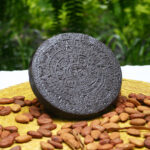Join Sabores Mexico City Food Tours as we share some of our favorite surprising facts about Mexico. From the sweet origins of chocolate to the surprising American expat community, the architectural marvel of a hidden pyramid, and the innovative spirit of the oldest printing press in North America, Mexico is a land of astonishing facts and wonders.
We hope we give you plenty of inspiration for your travels in Mexico. Be sure to check out our Food Tours in Mexico City before you go.
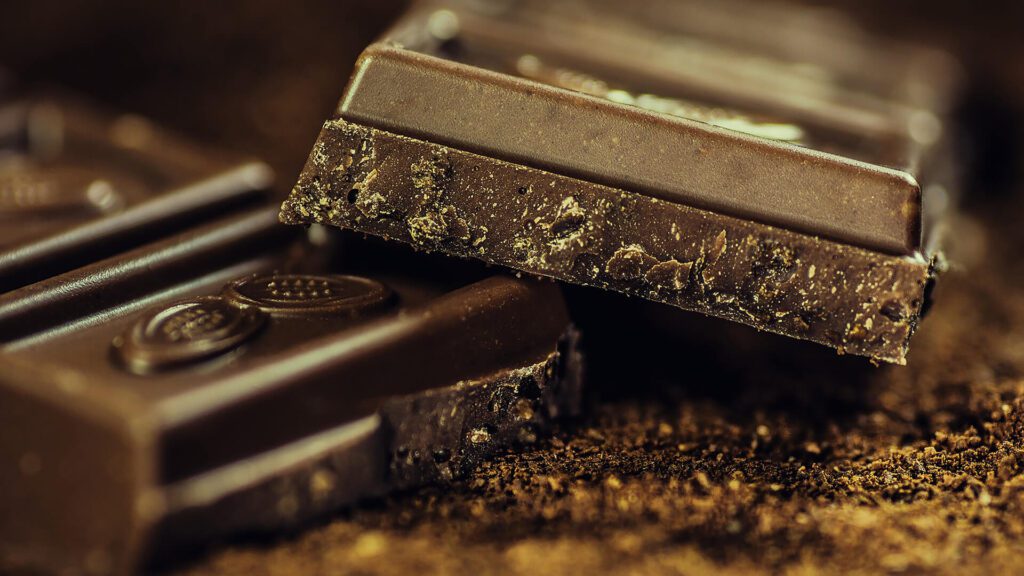
Mexico is the Birthplace of Chocolate
Long before it became the world’s favorite indulgence, chocolate had its origins in Mexico. The Aztecs and Mayans were the pioneering cultivators of the cacao plant, cherishing it not only as a luxurious drink but also valuing the beans as a form of currency. This rich heritage casts a timeless shadow, reminding us that every chocolate bar has origins rooted in ancient Mexican civilization.
Sample first-class Mexican chocolate in good company with our Chocolate Tasting Experience in Mexico City.
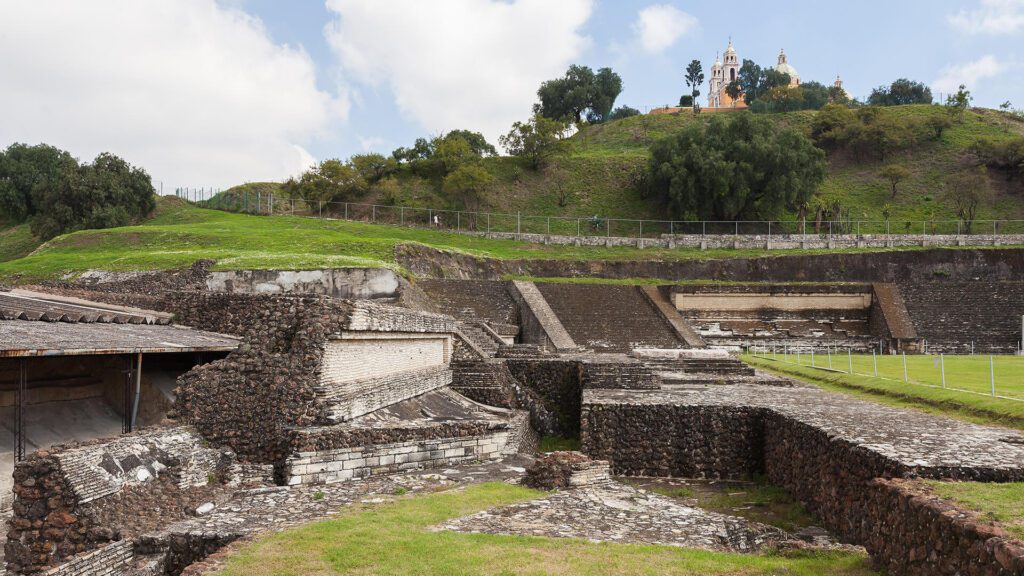
Cholula: The World’s Largest Pyramid
While Egypt’s pyramids have been globally famous since ancient times, it’s the Great Pyramid of Cholula in Puebla, Mexico, that holds the title of the world’s largest pyramid. Towering at 66 meters with a base stretching 400 meters, its grandeur is veiled beneath a mountain, making it an easily overlooked marvel. On its summit rests a church, a symbol of the complex layers of history and culture that define Mexico.
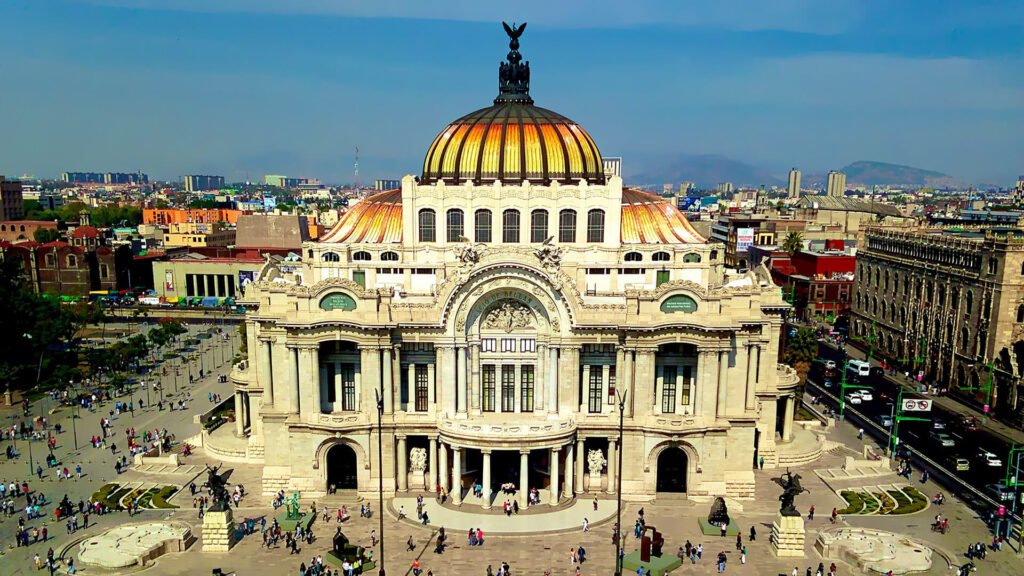
Mexico City: A Cultural Treasure Box
Mexico City is not just the heart of Mexico but also a global cultural hub, boasting over 170 museums. Only trailing behind London for its number of museums, the city offers an eclectic mix of art, history, and heritage, with institutions like the Metropolitan Cathedral and the Bellas Artes Museum standing as testaments to its rich cultural landscape.
Yucatán: Home of the Chicxulub Impact Crater
The Yucatán Peninsula is the ground zero of a prehistoric apocalypse—the asteroid collision with the Earth that extinguished the dinosaurs 65 million years ago. This cataclysmic event carved a colossal crater, now a silent witness to the earth-shattering forces that have shaped our planet.
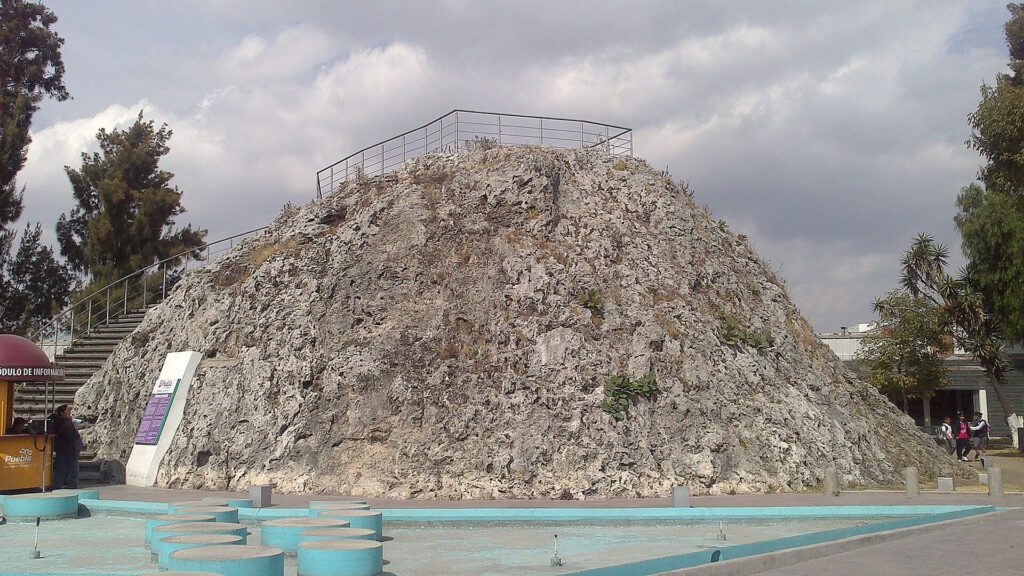
Cuexcomate: Pint-Sized Volcano
Found near Puebla, Cuexcomate Volcano stands modestly at 43 feet, dwarfed by its towering counterparts around the globe. This geological miniature, part of the tumultuous Ring of Fire, is a quirky, charming highlight of Mexico’s diverse volcanic landscape, proving that the greatest isn’t measured solely in size but also in uniqueness and charm.
Mexico’s 34 UNESCO Treasures
With a staggering 34 UNESCO World Heritage Sites, Mexico is a mosaic of cultural and natural wonders. From the vibrant historic centers of cities like Guanajuato, Mexico City, and Puebla to the ancient ruins scattered across its landscape and the verdant agave fields of Tequila, Mexico is a testament to the profound, layered richness of humanity and nature intertwined.
A Biodiversity World Capital
Mexico’s ecological tapestry is vibrant and diverse, boasting 10-12% of the world’s biodiversity. This makes it the fourth most biodiverse nation on Earth, a land where the calls of spider monkeys, the stealth of ocelots, and the vivid hues of macaws are but a few threads in its rich biological fabric.
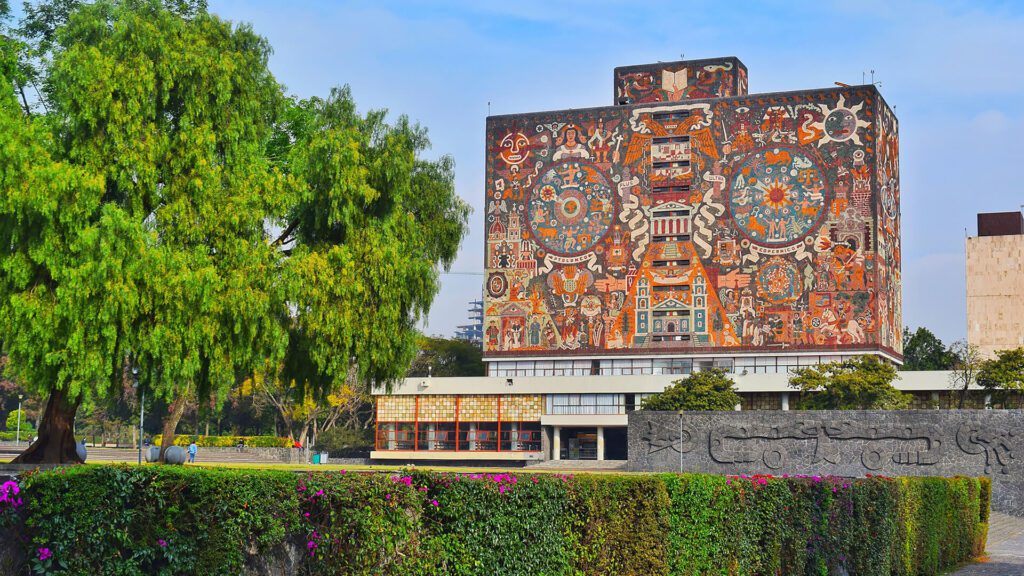
Cradle of Academic Excellence
Contrary to common geographical misconceptions, Mexico is a state within North America and it’s home to the continent’s oldest university. Established in 1551 by Charles V of Spain, the National University of Mexico (UNAM) predates even Harvard, standing as a beacon of knowledge and scholarly tradition in the New World.
Mexico Has 59 Types of Corn
In Mexico, corn isn’t just a crop; it’s a cultural emblem. With an astonishing array of 59 varieties, each type of maize is a leaf in the country’s agricultural anthology. Despite modern challenges, Mexican farmers continue to nurture this heritage, safeguarding a cornucopia of kernels and the legacy they carry for future generations. With all that corn, you get corn tortillas and tacos. For a more hands-on tour, consider our Taco Tour of Mexico City.
U.S. Citizens in Mexico
While Mexican citizens represent a significant demographic in the United States, the reverse is also true, with over 750,000 U.S. citizens calling Mexico home. This makes Americans the largest immigrant group in Mexico, reflecting a vibrant, cross-border exchange of culture, tradition, and community.
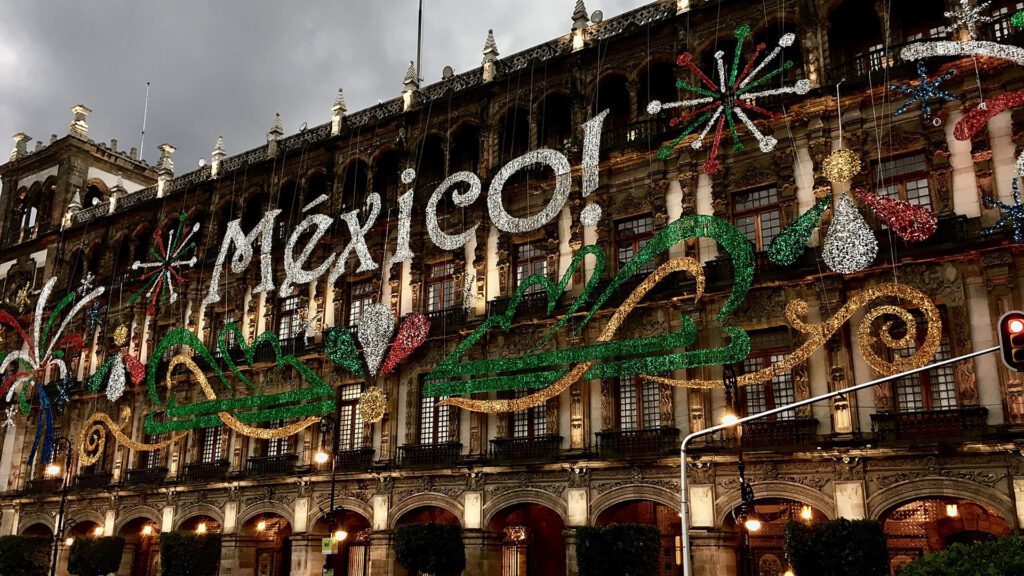
Mexico City is a Modern Atlantis
Mexico City, originally the Aztec capital of Tenochtitlan, stands as a modern marvel built upon an ancient lakebed. However, this architectural legacy comes with a unique challenge: the city is sinking at an alarming rate of 12 cm annually. The underlying soft, muddy terrain, reminiscent of Venice’s foundations, contributes to this phenomenon, making the city a living testament to the delicate balance between human innovation and the awesome forces of Mother Nature.
North America’s First Printing Press
Mexico City is not just a cultural hub it’s also the birthplace of North American print. In 1539, the continent’s first printing press buzzed into action at the Casa de la Primera Imprenta de América. This historical milestone firmly places Mexico at the forefront of literature and communication in the New World, a legacy that continues to resonate through its vibrant literary scene.
Safe Spaces: Women-Only Transit
In a progressive move towards safety and comfort, Mexico City’s subway system includes cars reserved exclusively for women and children under 12 (the Mexico City Metrobús also has a women-only section, and some women-only buses can be found operating in the town).
This initiative reflects a commitment to creating safe, respectful public spaces. Contrary to stereotypes, these measures highlight societal respect for women, evidenced by the traditional ‘caballerosos’ manners of Mexican men, and offer a stark contrast to the experiences in some other global cities.
From the depths of its sinking capital to the heights of its ancient pyramids, Mexico’s narrative is incredibly diverse. Each fact included above reaffirms Mexico’s place as a world capital of human creativity and natural splendor.
Any questions about this blog? Please get in touch.


